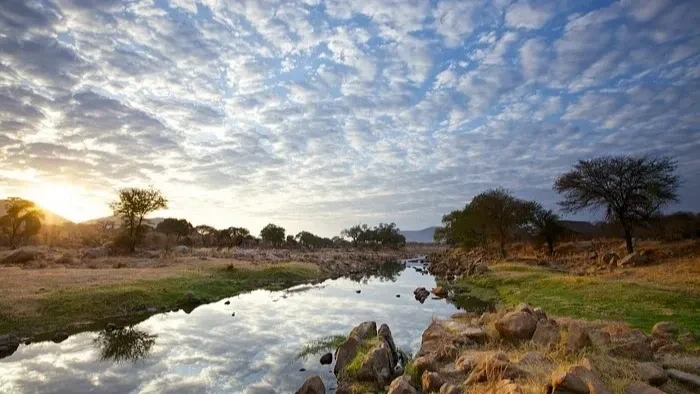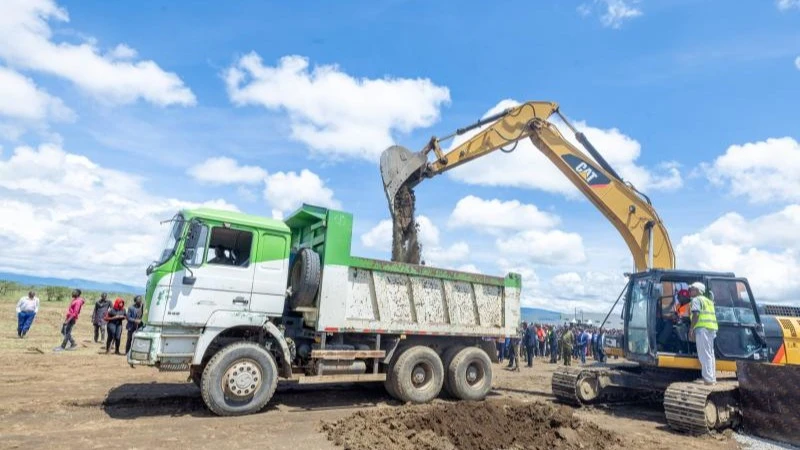‘Half of world’s buffaloes roaming Tanzanian plains’

TANZANIA leads in the number of buffaloes in Africa, holding more than 50 percent of all buffaloes currently roaming the earth, a new wildlife census shows.
Dr Eblate Mjingo, the Tanzania Wildlife Research Institute (TAWIRI), director general, said in a presentation on the census conducted for the Ministry of Natural Resources and Tourism that Tanzania boasts around 225,000 buffaloes at present.
The Serengeti National Park, the home of wildebeest migration, also leads buffalo numbers whose population in the precinct reaches 69,075 such African buffaloes.
The Nyerere-Selous ecosystem comes second in the country with a census total of 66,546 buffaloes, while the Katavi-Rukwa range hosted 35,273 buffaloes at the moment, followed by the Ruaha-Rungwa wilderness holding 20,911 buffaloes, the report indicates, noting in passing that Tanzania has essentially four-times the number of buffaloes compared to South Africa.
South Africa comes second on the continent with a total of 46,000 buffaloes, followed by Mozambique with upwards of 45,000 of the beasts, while Kenya currently hosts 42,000 buffaloes and Zambia 41,000 of them.
Tanzania also leads in Africa in leopard numbers, having a total of 24,000 of the ferocious cats in the census, more numerous than lions, whose number is put at
17,000 and again the highest on the continent.
It is six times the population of lions found in South Africa despite ranking second with an estimated 3,284 lions at the time the report was compiled, it said.
With elephants, Tanzania is home to 60,000 jumbos, ranking third after Botswana with 130,000 elephants and Zimbabwe, holding 100,000 jumbos by current census figures.
The number of wildebeests roaming the country’s plains has also increased, reaching 1,597,850 at the time of the count, an increase of 1,326 wildebeests over the previous census in 2015.
Angellah Kairuki, the Natural Resources and Tourism minister, was upbeat about the remarkable increase in wildlife numbers, affirming that it was a positive outcome from ongoing conservation efforts. This also poses a challenge when it comes to human-wildlife conflicts and especially with elephants, she said.
Tanzania is fifth in conserving the endangered rhinos, with a total of 212 of the short horned mammals, far behind Namibia which leads on the continent with 2196 rhinoceroses, the report added.
Top Headlines
© 2024 IPPMEDIA.COM. ALL RIGHTS RESERVED




















